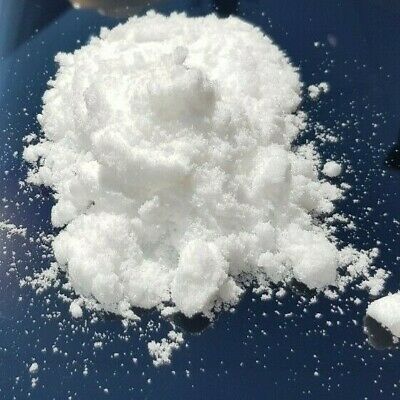Oxalic acid is a widely used treatment in beekeeping to combat Varroa mites, a major threat to honeybee health. However, its application raises important questions about safety, effectiveness, and its impact on honey production, especially when honey supers are on. In this article, we’ll explore whether oxalic acid can be used with honey supers in place and what beekeepers should consider.
What Is Oxalic Acid?
Oxalic acid is an organic compound naturally found in plants such as spinach and rhubarb. In beekeeping, it is used as a miticide to kill Varroa mites. It can be applied in two primary ways:
- Dribble Method: A solution of oxalic acid and sugar water is dribbled directly onto the bees.
- Vaporization: Oxalic acid is heated, producing vapor that spreads throughout the hive.
The Problem with Using Oxalic Acid When Honey Supers Are On
The key concern when using oxalic acid with honey supers on is contamination. Honey supers are the boxes where bees store honey for harvest. Residues of oxalic acid could potentially transfer to the honey, leading to:
- Food safety concerns: Though oxalic acid occurs naturally in some foods, introducing additional amounts might exceed safe consumption levels.
- Legal regulations: Many countries, including the U.S. and EU nations, prohibit the use of oxalic acid when honey supers are in place to ensure honey remains pure and safe for consumption.
Effectiveness of Oxalic Acid with Honey Supers
Another consideration is that oxalic acid is most effective in hives with minimal brood. During the peak honey flow season, when supers are on, hives typically have large amounts of brood. This reduces the efficacy of oxalic acid because it cannot penetrate capped brood cells where Varroa mites breed.
What Do Beekeeping Guidelines Recommend?
Most beekeeping authorities and regulatory agencies recommend against using oxalic acid when honey supers are on. Instead, they advise:
- Applying oxalic acid treatments before honey supers are added or after they are removed.
- Using alternative Varroa treatments that are approved for use with honey supers, such as formic acid-based products, which have specific formulations designed for safe use during honey production.
Alternatives to Oxalic Acid During the Honey Flow
If Varroa mite levels are high while honey supers are on, consider these alternatives:
- Formic Acid: Certain formulations, like Mite Away Quick Strips (MAQS), can be used safely during honey flow.
- Cultural Practices: Techniques like drone brood removal or splitting hives can help manage mite populations.
- Mechanical Methods: Screened bottom boards or powdered sugar dusting may provide some relief, though their effectiveness is limited.
Best Practices for Beekeepers
- Monitor Mite Levels: Regularly test mite loads using methods like alcohol washes or sugar rolls.
- Plan Ahead: Treat hives with oxalic acid during broodless periods in late fall or early spring, before honey supers are added.
- Follow Label Instructions: Always use treatments according to manufacturer guidelines and legal regulations in your region.
Conclusion
While oxalic acid is a powerful tool for managing Varroa mites, its use with honey supers on is not recommended due to potential contamination risks and reduced effectiveness. Beekeepers should plan treatments carefully and explore alternative methods when honey supers are in place to ensure the health of their bees and the safety of their honey.
By understanding and following best practices, beekeepers can maintain strong, healthy colonies while producing pure, high-quality honey.
